
Bernedoodle melts internet’s heart giving brother sweetest hugs after school

No one believed it at first—not even our neighbors. They thought it was just another cute “family trick” we’d trained the dog to do. But it wasn’t training. It wasn’t acting. It was pure instinct, real emotion, and perhaps something deeper—something that reminded us how animals often understand love far better than we do.
It started quietly at the end of last autumn. My little brother, Tommy, had just turned eight, and school had begun to feel heavier for him. Homework piled up, classmates sometimes ignored him, and his teacher called my mother twice to say he seemed “disconnected” during class. He walked out of school every afternoon with slow steps, his backpack dragging like a weight, his shoulders curved like old branches carrying too much ice.
But waiting for him at the gate every day was Bear, our fluffy Bernedoodle with black-and-white fur and eyes like shining marbles. Bear never barked or jumped wildly. Instead, as soon as Tommy appeared, Bear would walk toward him, lift his paws slowly… and gently wrap them around his brother’s waist, resting his head on Tommy’s chest. A quiet hug. A moment of peace.
At first, we thought it was coincidence. Maybe Bear was just excited at pickup time. But the hug happened every single day—always gentle, always comforting. Tommy would drop to his knees, burying his face in Bear’s fur, and sometimes I could see tears in his eyes. He’d whisper, “I missed you today, Bear,” and Bear—well—he seemed to understand every word.
One day, I recorded it. Not for social media. Just to show my parents. But when they watched it, something changed in their eyes—like they suddenly realized what love looked like when it couldn’t be explained, only felt.
My mother couldn’t stop watching the video. She said it reminded her of when Tommy was even younger—before our father left. Back then, Tommy had been shy, often seeking comfort from dad. But after the divorce, Bear unknowingly stepped into that space. As days passed, the hugs became more than just greetings—they were therapy.
One rainy afternoon, school ended late due to a meeting. Bear still waited by the gate, soaked but patient. When Tommy arrived, his eyes widened—and instead of hugging just Bear, he hugged him for nearly two full minutes, quietly sobbing against his wet fur. Bear didn’t move. He just stayed still, breathing slowly beside him, like a friend who doesn’t need answers—only presence.
Later that night, something extraordinary happened. Tommy was doing his homework when Bear walked over, carrying one of Tommy’s schoolbooks in his mouth. He placed it gently on Tommy’s lap, as if saying, You can do this, I’m here. We gasped. Bear had never done anything like that before.
The next day, I shared the video online—not thinking it would go anywhere. But within hours, it reached thousands of views, then tens of thousands, then millions. People began calling Bear “the therapy dog we all need” and “the emotional support angel.” My inbox flooded with messages from strangers telling their own stories—about autism, loneliness, anxiety, divorce, depression—and how animals had quietly saved them when people didn’t understand.
But there was one message that stood out the most. It came from a child psychologist, Dr. Reiner, who wrote:
“Your dog demonstrates anticipatory empathy and stress detection behavior. This is rare but scientifically significant. If you allow it, I’d like to study his responses in a non-invasive way… and perhaps help your brother too.”
My mother discussed it with us, and finally agreed. A week later, Dr. Reiner visited our home. He asked us to go through a normal day while he observed Bear and Tommy. Bear followed Tommy everywhere—like a shadow made of kindness. But the most striking moment occurred when Dr. Reiner asked Tommy to pretend he was sad—without speaking.
Tommy simply looked down, shoulders trembling. Bear immediately stood up, walked over, and placed his head under Tommy’s hand… waiting. No one had trained him to do that. No one could explain how he knew.
That evening, the doctor sat with us and said, “Bear isn’t just emotionally attached. He’s detecting subtle behavioral cues—changes in breathing patterns, posture, maybe even scent. He is acting like a natural emotional support animal. With proper documentation, he could help many others too.”
But that idea scared us. We didn’t want Bear to become a tool for studies or some kind of ‘viral sensation project.’ Tommy needed him—and Bear needed Tommy. So we decided on something else: every afternoon after school, we now walk to a local park where kids sometimes struggle with social anxiety. Bear doesn’t perform tricks or any routines—he just exists calmly beside them. And sometimes, a quiet existence can be incredibly powerful.
Last week, a girl named Sophie—barely seven years old—sat beside Bear on a bench for nearly ten minutes without speaking. Then she whispered, “Can he come again tomorrow?” Her mother cried quietly behind her sunglasses.
Bear just wagged his tail.
Tommy, growing more confident each day, now tells kids, “When you feel sad, hug Bear. He’ll understand.” And amazingly… many of them do. They don’t speak. They don’t ask. They just hug—and Bear becomes a silent healer, comforting hearts one at a time.
We never imagined a Bernedoodle would teach us more about love than any teacher, parent, or doctor ever could. But maybe animals were always better at that. Maybe they always knew what we forgot: love doesn’t always need language—it needs kindness. It needs time. It needs presence.
Yesterday, I asked Tommy, “Why do you think Bear hugs you every day?”
He thought for a moment, then smiled softly.
“Maybe he knows some days at school are harder than others.”
“Do you think he’ll stop when you grow up?”
Tommy shook his head.
“No. Because even when I’m big, I’ll still need someone to hug me when I’m tired.”
I looked at Bear—calm, gentle, patient.
And I realized… maybe we all do.
News in the same category


The Battle for Family Legacy: A Story of Justice

A Journey of Love and Rediscovery

A wealthy man gifted his farm to a stranger — when his fortune vanished, he returned to see if his kindness would be repaid

Back again with your junk? Well then, come in and see who’s the lady of the house now! — he said mockingly

He told his wife he was bankrupt and pushed to sell the apartment, but what he was really after was something else
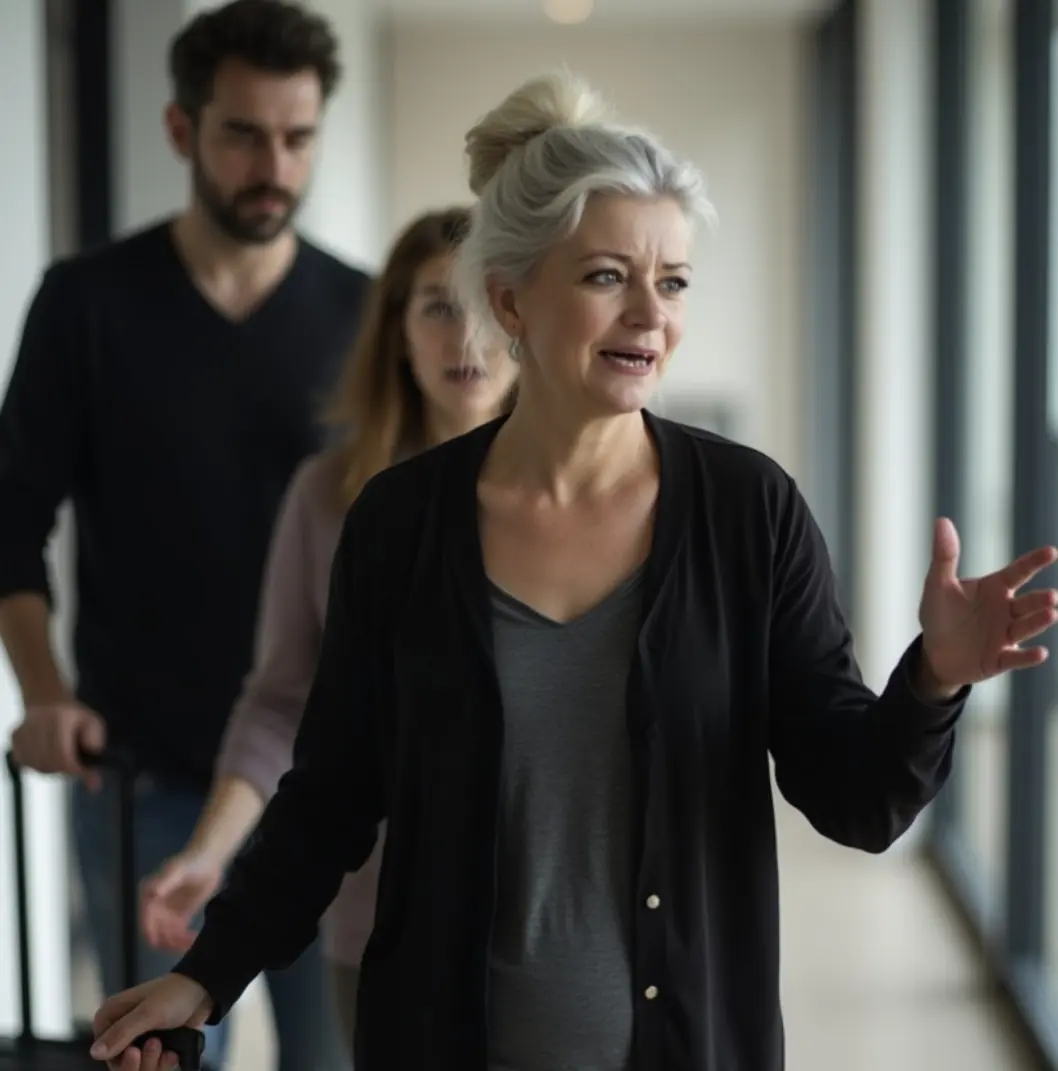
Why should I move out? This is my home!” — I shot my mother-in-law a fierce glare

He left his wife for me, but I never expected what happened after

Caught Off Guard: A Wife’s Journey from Betrayal to Liberation

I Walked Down the Aisle Believing Love Could Conquer All, but Marrying My Teacher Led to a Wedding Night I Could Never Have Imagined
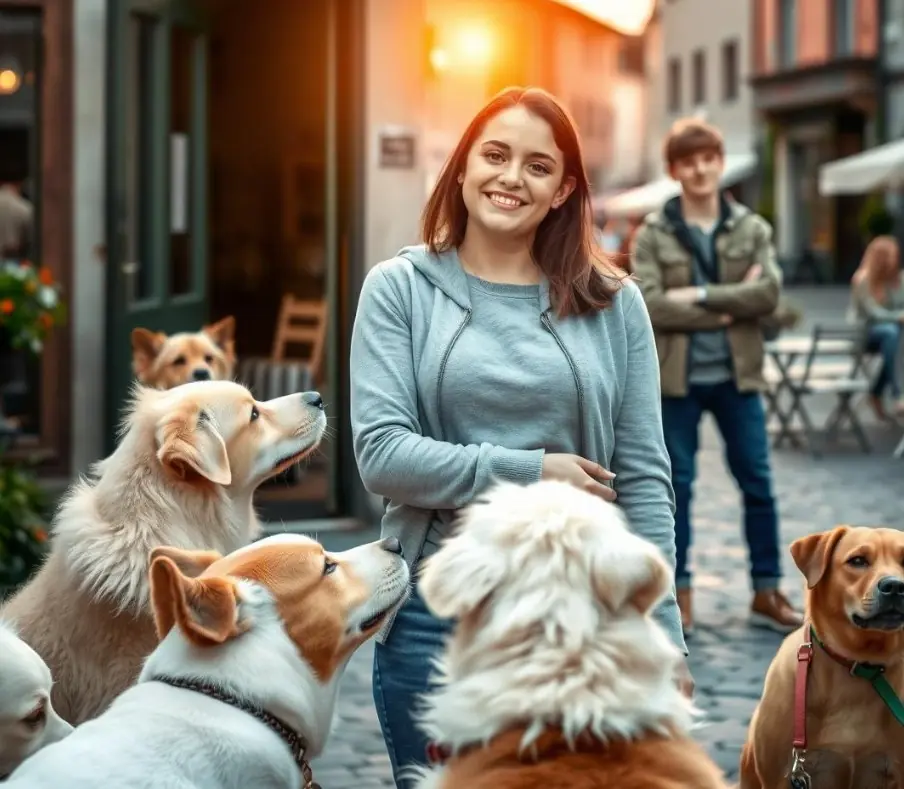
She’ll bring light to darkness”—the midwife’s prophecy the day she was born

I Returned Home From the Hospital Ready to Welcome My Baby—Only to Discover My Mother-in-Law Had Turned the Nursery Into a Nightmare
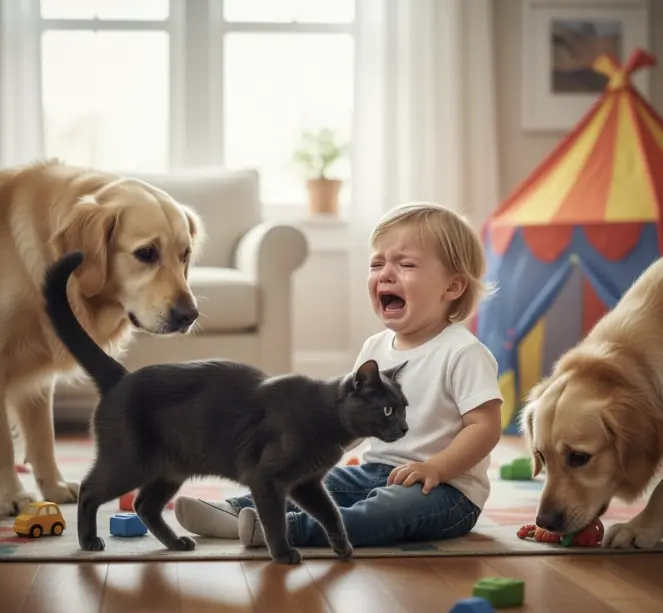
A crying child is left unattended with two dogs, and a pet comes to the rescue
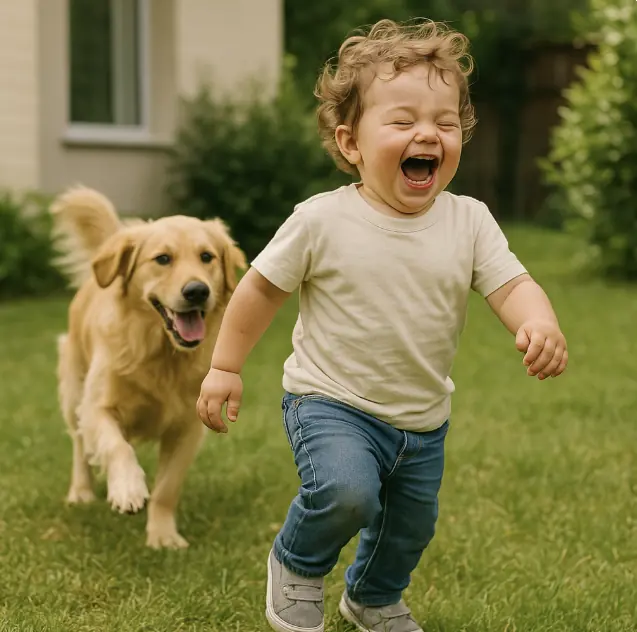
A small child laughs when a dog is chasing him

A Millionaire’s Shocking Discovery about His Housekeeper’s Affection for His Blind Daughter

Embracing Love and Success: A Journey Beyond Expectations
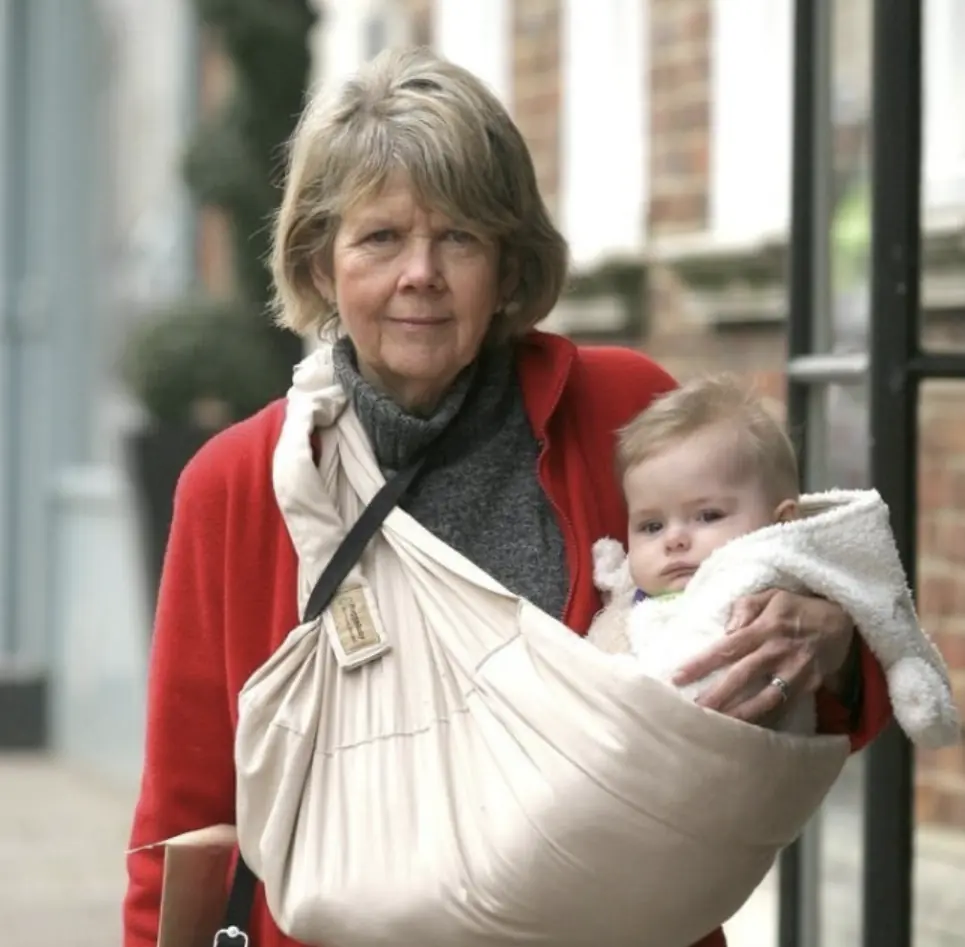
Incredible journey of a 62-year-old mom who gave birth to a healthy son: A story of love and determination

Where did you get this photo?” ivan turned pale, seeing a picture of his missing father

Having caught her husband with a young beauty, the wife didn’t start a brawl; instead, five days later she presented him with an unexpected surprise
News Post

I don’t give a damn what YOUR MOTHER wants from me! She’s nobody to me! So deal with her problems yourself! Got it?

The Battle for Family Legacy: A Story of Justice

A Journey of Love and Rediscovery

A wealthy man gifted his farm to a stranger — when his fortune vanished, he returned to see if his kindness would be repaid

Back again with your junk? Well then, come in and see who’s the lady of the house now! — he said mockingly

He told his wife he was bankrupt and pushed to sell the apartment, but what he was really after was something else

Why should I move out? This is my home!” — I shot my mother-in-law a fierce glare

He left his wife for me, but I never expected what happened after

Caught Off Guard: A Wife’s Journey from Betrayal to Liberation

I Walked Down the Aisle Believing Love Could Conquer All, but Marrying My Teacher Led to a Wedding Night I Could Never Have Imagined
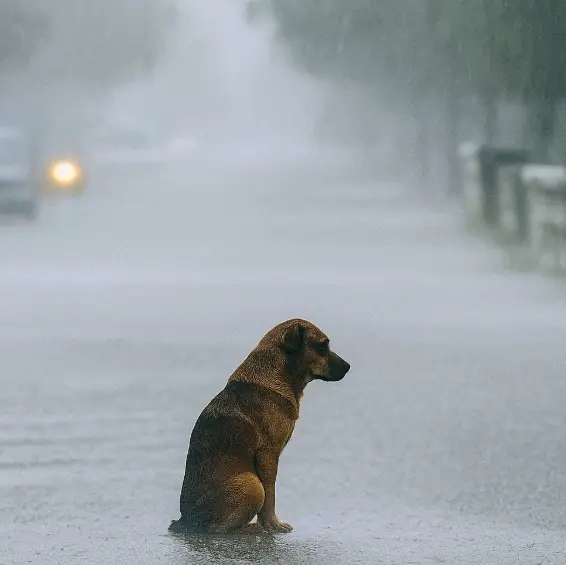
The Faithful Dog Who Braved the Storm and Found Love in the Most Unexpected Companion

She’ll bring light to darkness”—the midwife’s prophecy the day she was born

She Walked Away and Chose Her Son Over Me — But It Was Grandma Who Stepped In and Taught Her a Lesson That Changed Everything Forever

I Returned Home From the Hospital Ready to Welcome My Baby—Only to Discover My Mother-in-Law Had Turned the Nursery Into a Nightmare
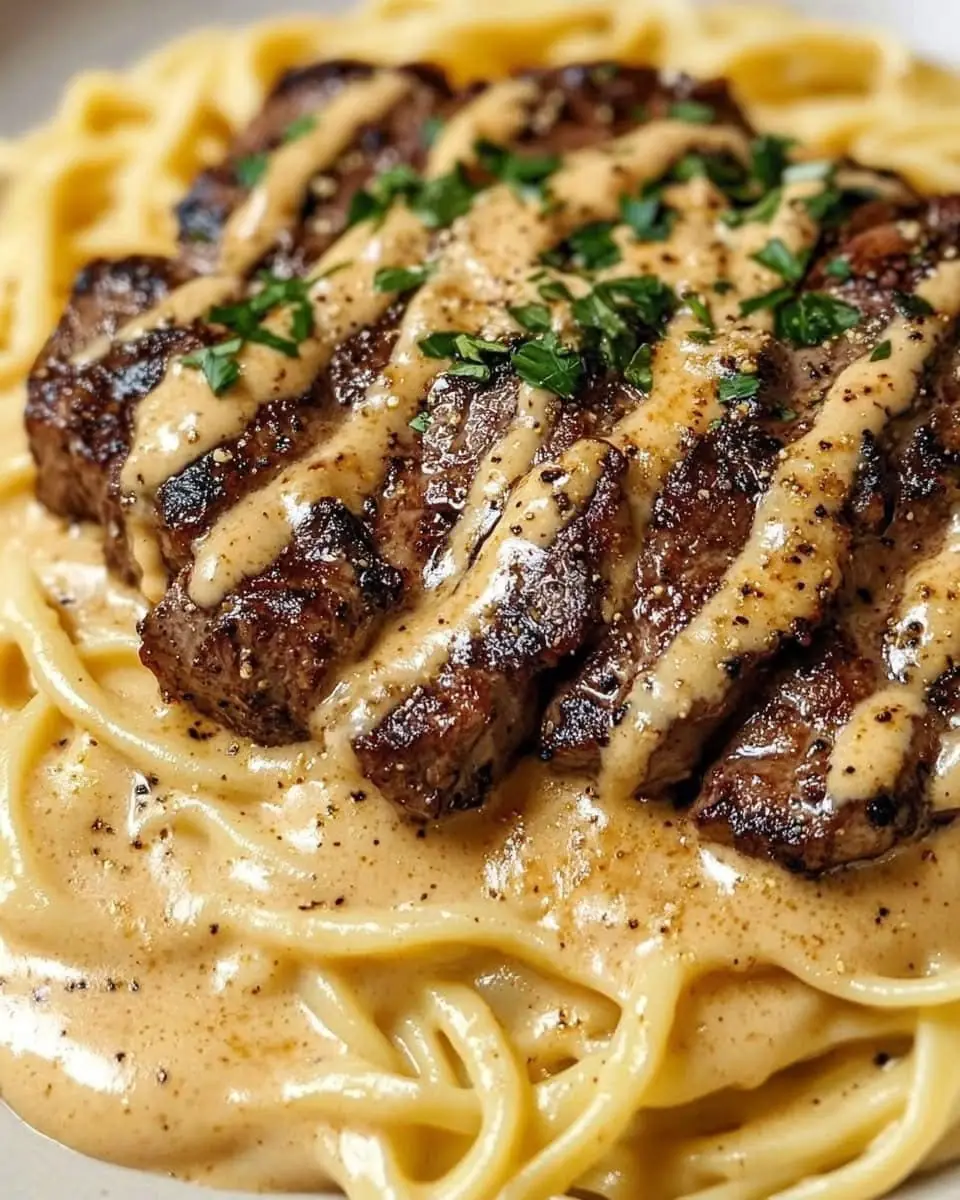
Cajun Steak Alfredo: A Spicy Delight!

Lemon Garlic Grilled Chicken with Asparagus

Mango Crepe Roll Cake – Soft, Creamy & Dreamy

10 signs that you have kidney disease without knowing it
